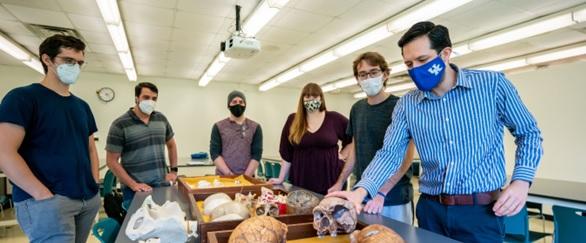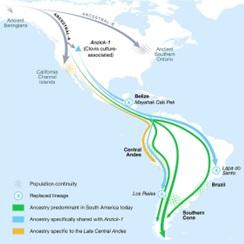"Precision of Neurosteroid Provision in the Vertebrate Brain"
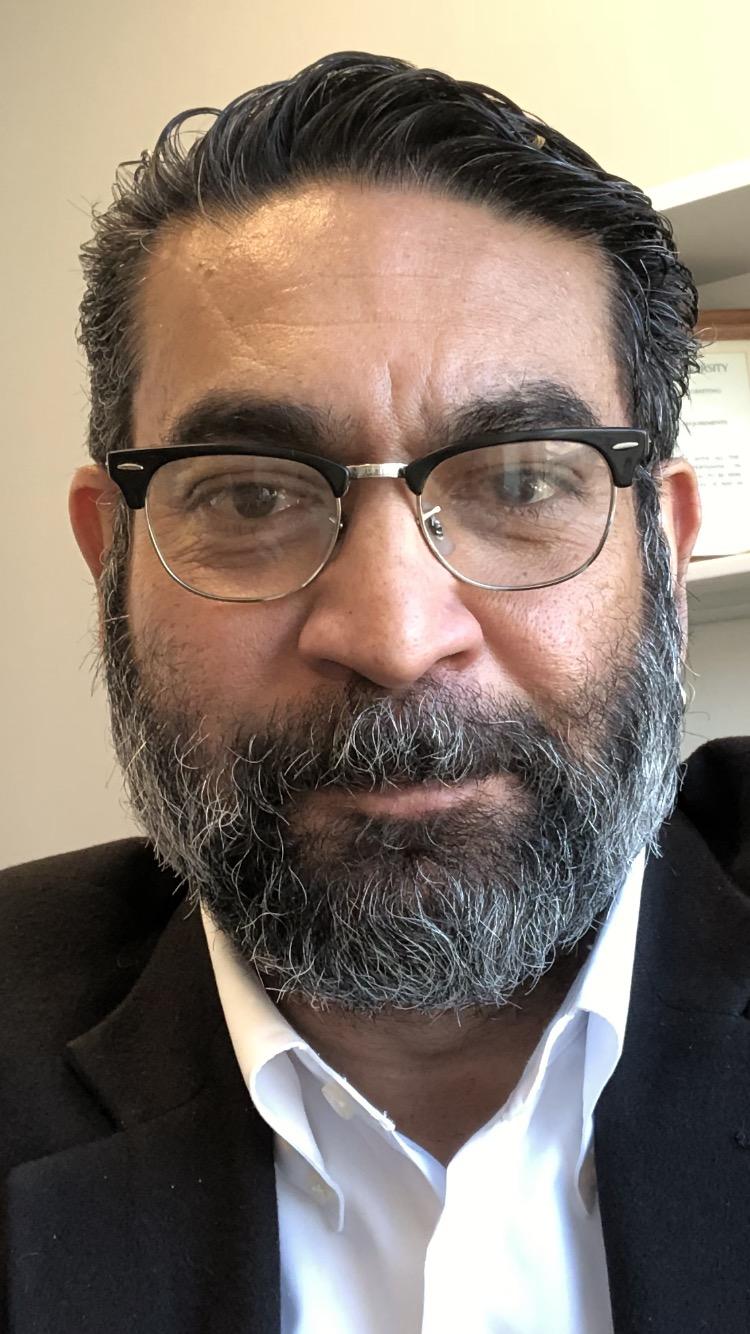 Dr. Colin Saldanha
Dr. Colin Saldanha
BIO:
Colin J Saldanha received his doctorate in Psychology from Columbia University, conducted postdoctoral research in Neuroendocrinology at UCLA and established his independent research program in the Dept. of Biological Sciences at Lehigh University in 2001. Here he was tenured and later promoted to full professor in 2011. He conducts research on how secreted signals such as steroids are delivered with spatial and temporal precision to targeted locations in the brain to modulate and orchestrate neurophysiology and complex behaviors. He is particularly curious about the pluripotent actions of estrogens on reproductive, aggressive, affiliative, and rewarding behaviors, as well as the modulation of spatial memory, sociality, and neuroprotection. His work has been supported by the National Institutes and Health and the National Science Foundation (NSF). He has published extensively including journals like Endocrine Reviews and Current Biology. He was awarded the Libsch Early Career Award (2003) and the Stabler Award for Excellence in Teaching (2006). Since 2011 he has re-established his research program at the Department of Neuroscience and the interdisciplinary Center for Behavioral Neuroscience at American University (AU). In this capacity he, along with others, have aided the considerable expansion of the natural sciences at this institution. Colin has served as Chair of the Biology Department at AU and as Chair of the Education Committee and Secretary for the Society for Behavioral Neuroendocrinology and is a Member of the BOD of the Federation of Associations in Behavioral and Brain Sciences. He has recently completed a rotation as Program Director and Expert in the Neural Systems Cluster of the Division of Integrative and Organismal Biology at the National Science Foundation.
Abstract:
Hormones like steroids modulate numerous behavioral endpoints, affect several peripheral and central targets, and are often synthesized in multiple tissues. The mechanisms whereby this modulation is achieved with temporal and spatial specificity remain unclear. 17-estradiol (E2) is made in ovaries, placenta, bone, adipose, and in the brain. Neuroestradiol is a potent mediator of a range of behaviors during development and adulthood. How is estradiol delivered to the right target, at the right time, and at the right concentration? Perhaps more importantly, how is it that multiple E2-dependent targets and behaviors aren’t modulated simultaneously? We have learned that aromatase (estrogen-synthase) can be induced in astrocytes following damage to the brain and is expressed at central synapses. Both mechanisms of estrogen provision confer spatial and temporal specificity on a lipophilic neurohormone with potential access to all cells and tissues. This talk will trace the progress in our understanding of astrocytic and synaptic aromatization in both in reactive astrocytes and at central synapses. The talk will end with relatively novel hypothesis regarding the role of neuroestradiol in the orchestration of species-specific behaviors.

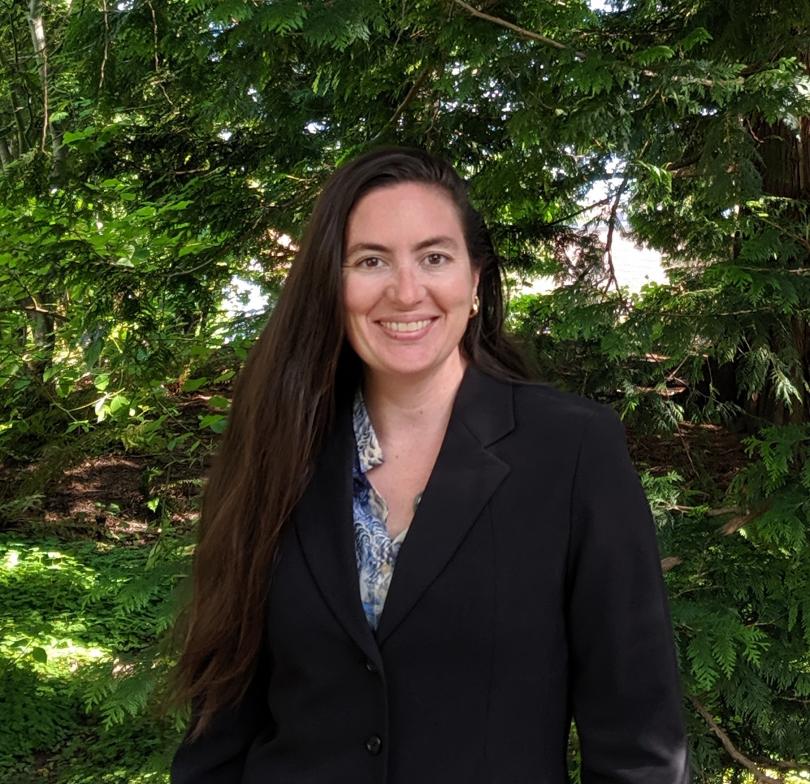
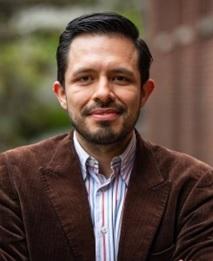 Hugo Reyes-Centeno
Hugo Reyes-Centeno